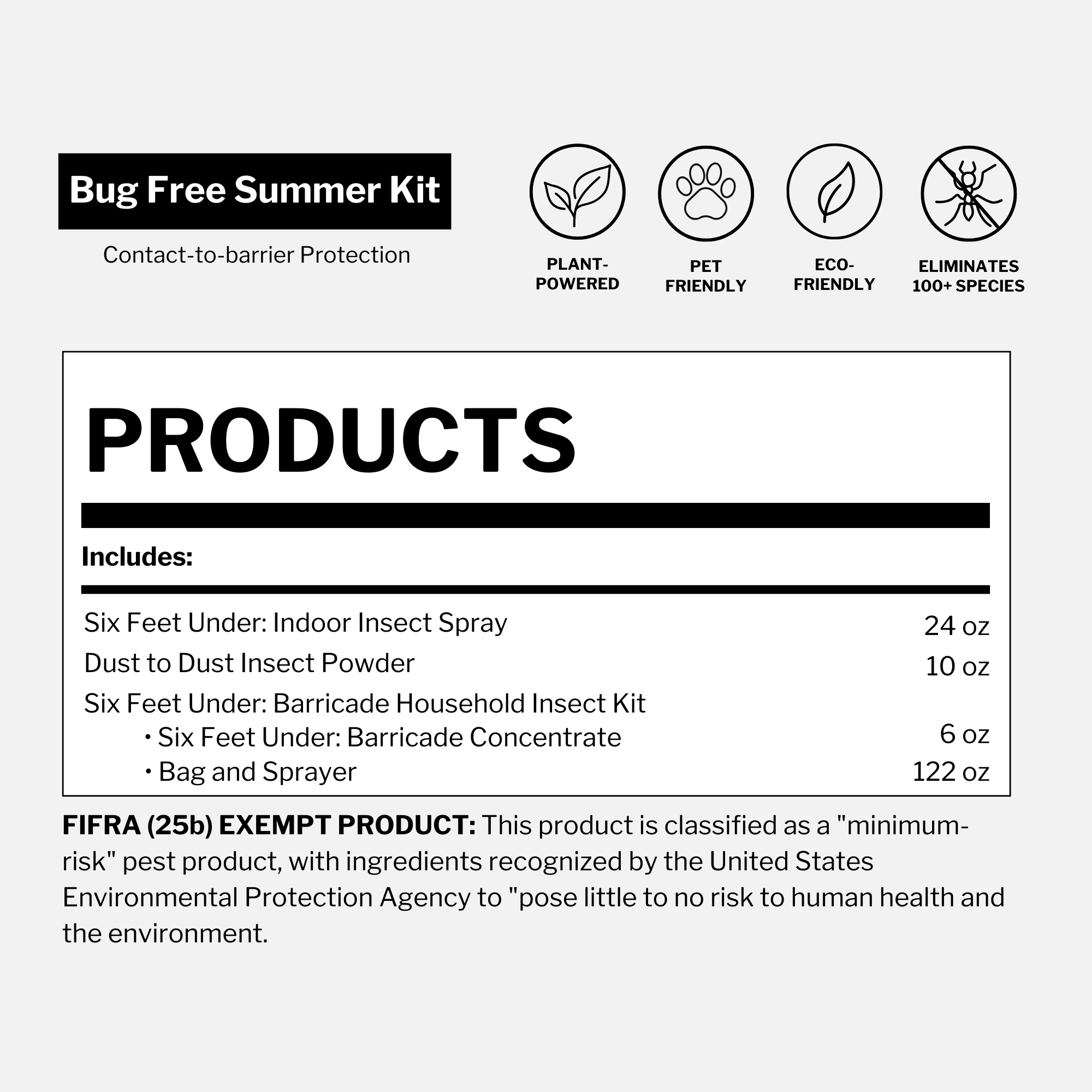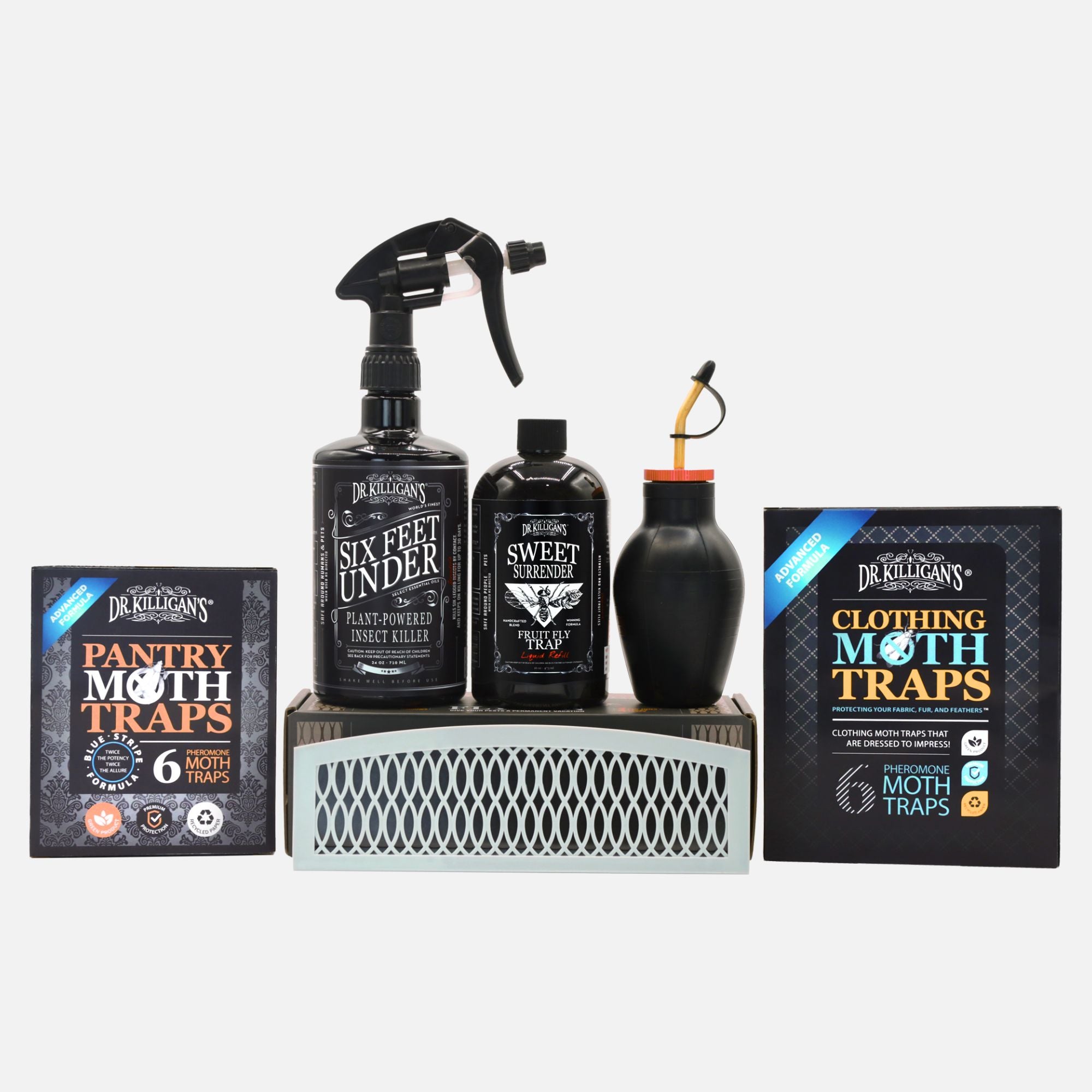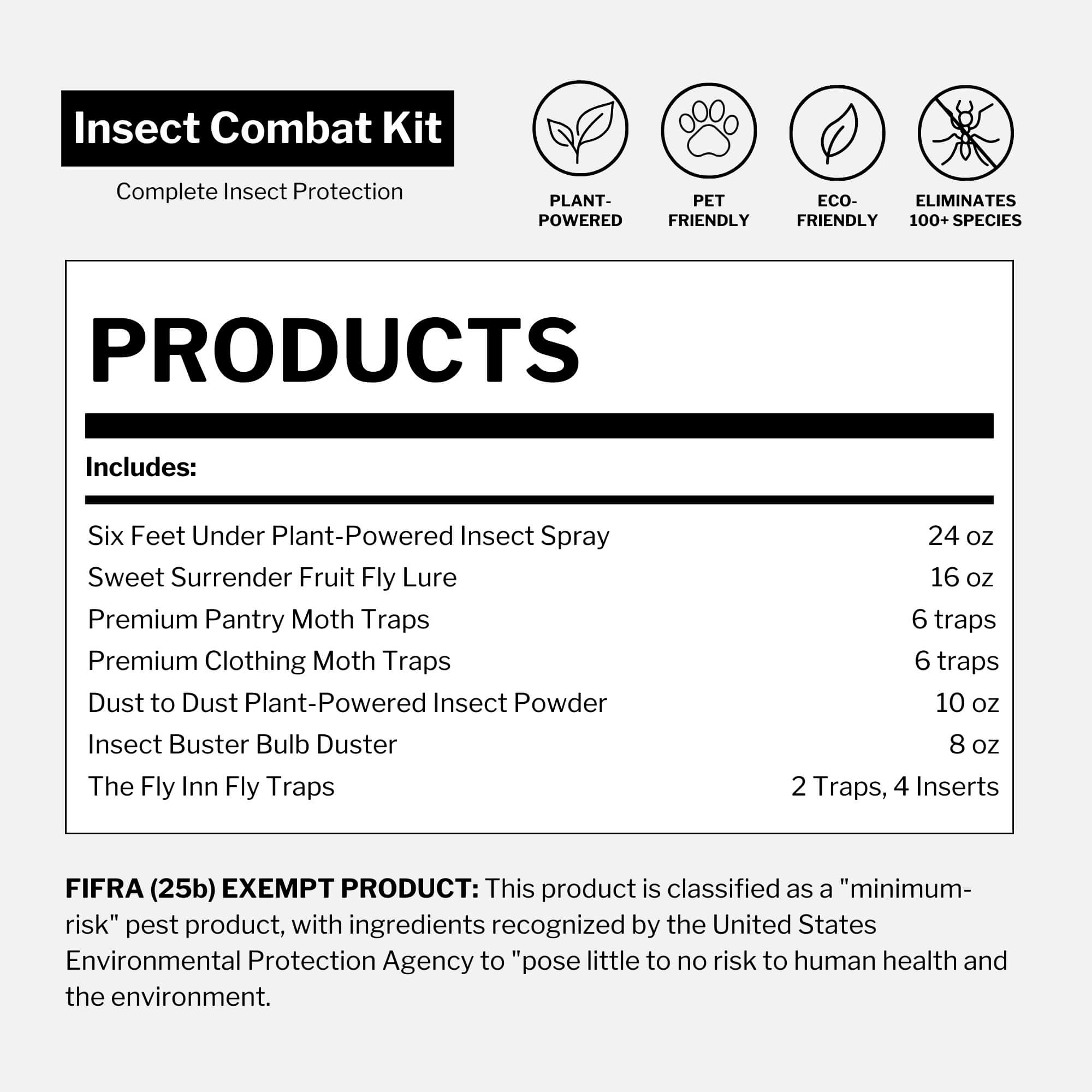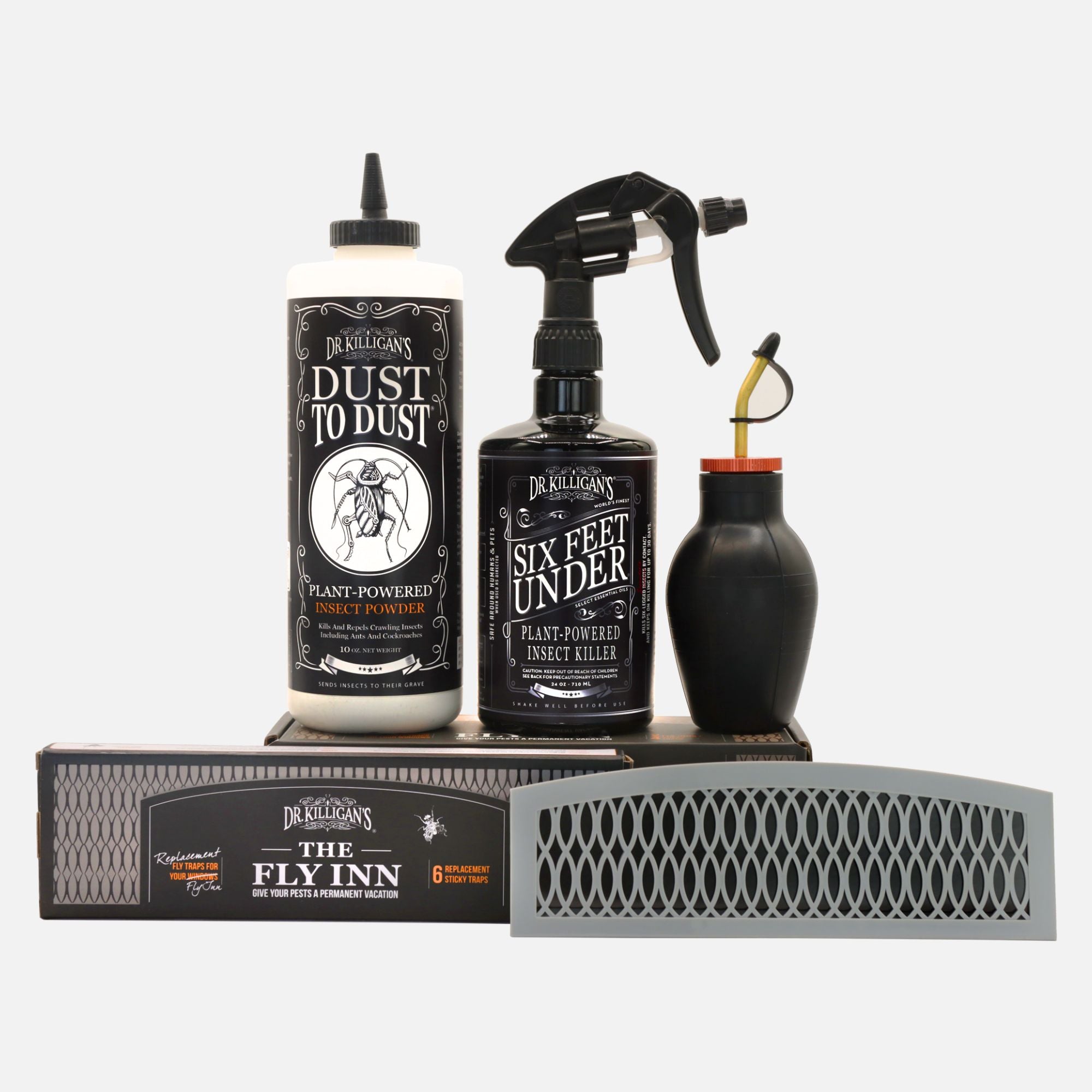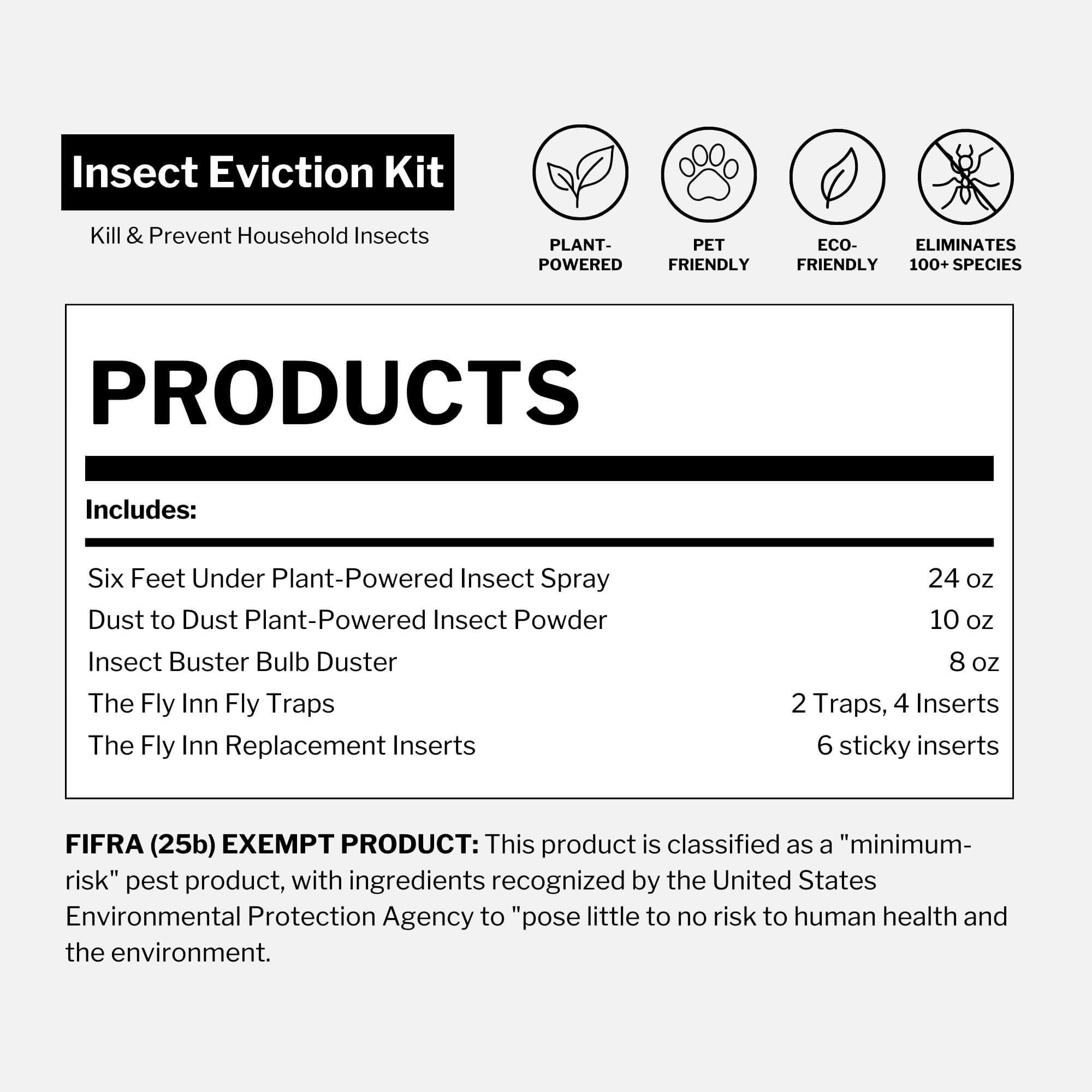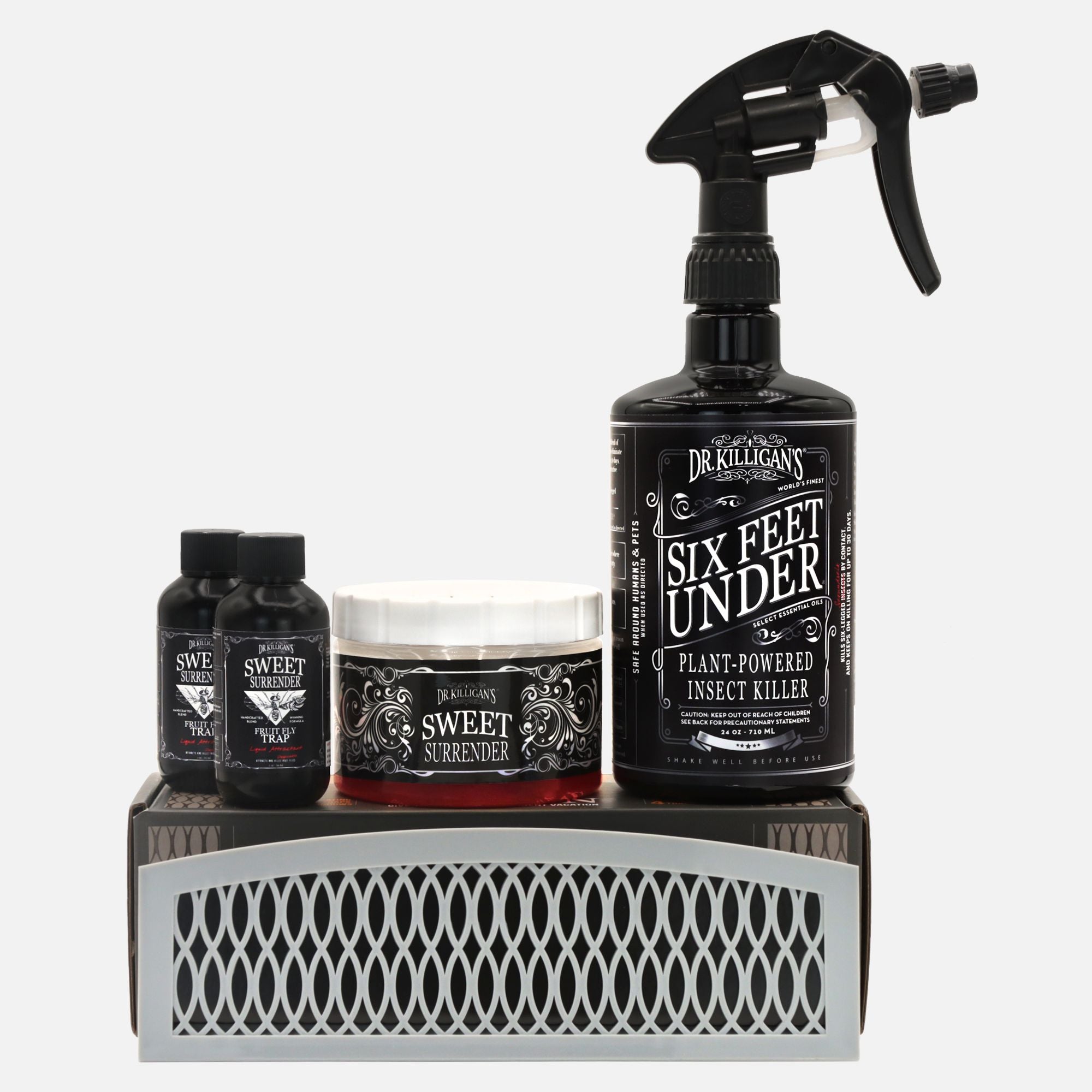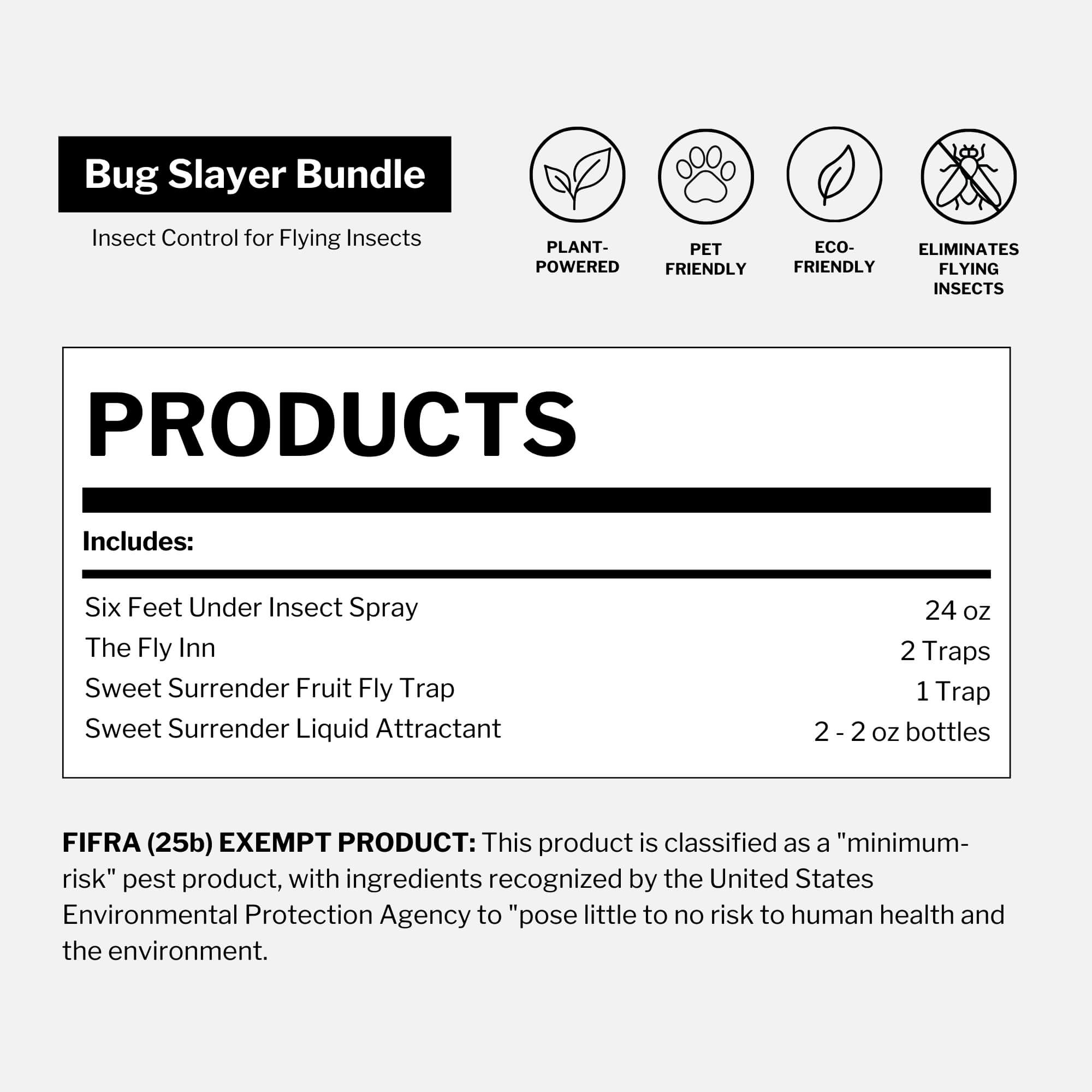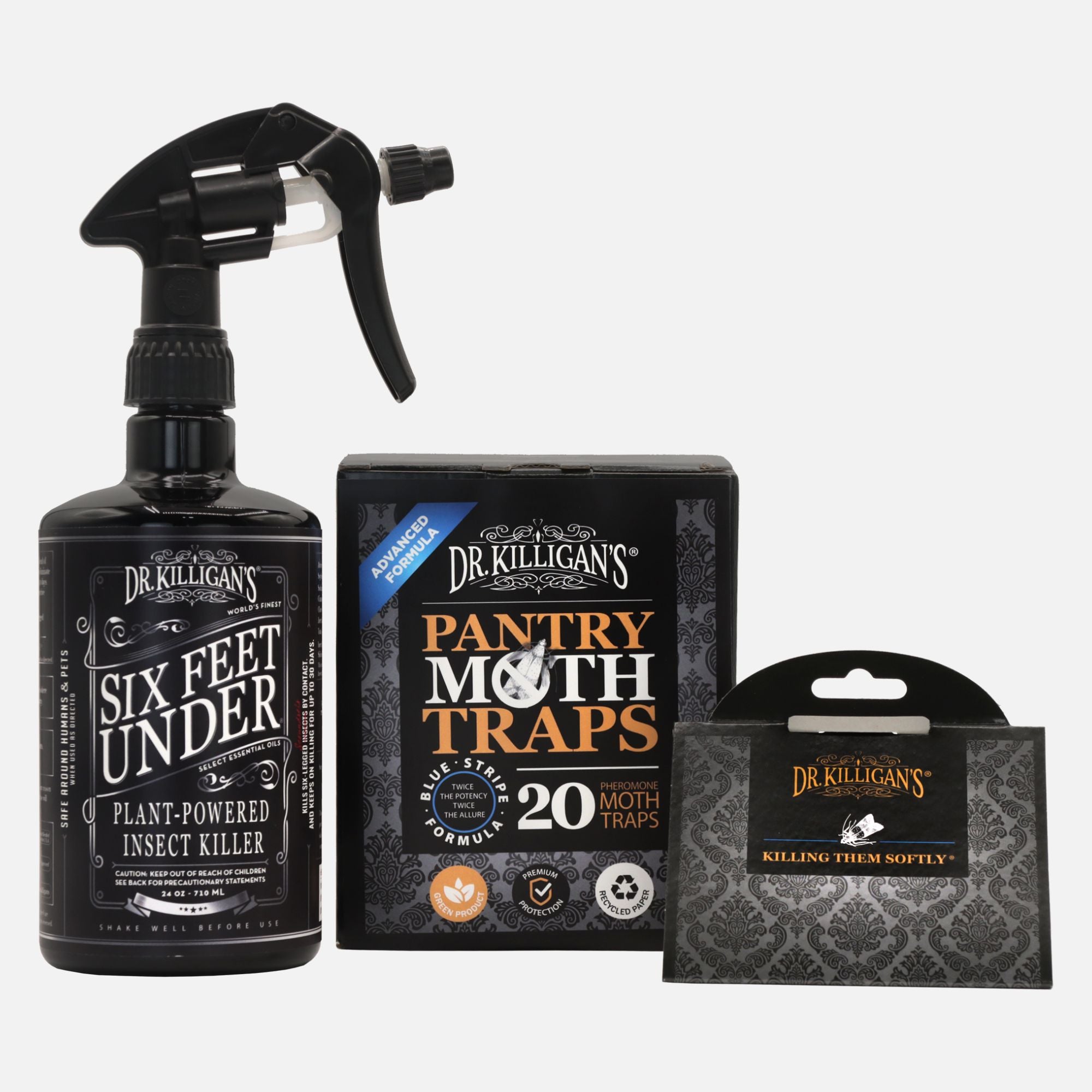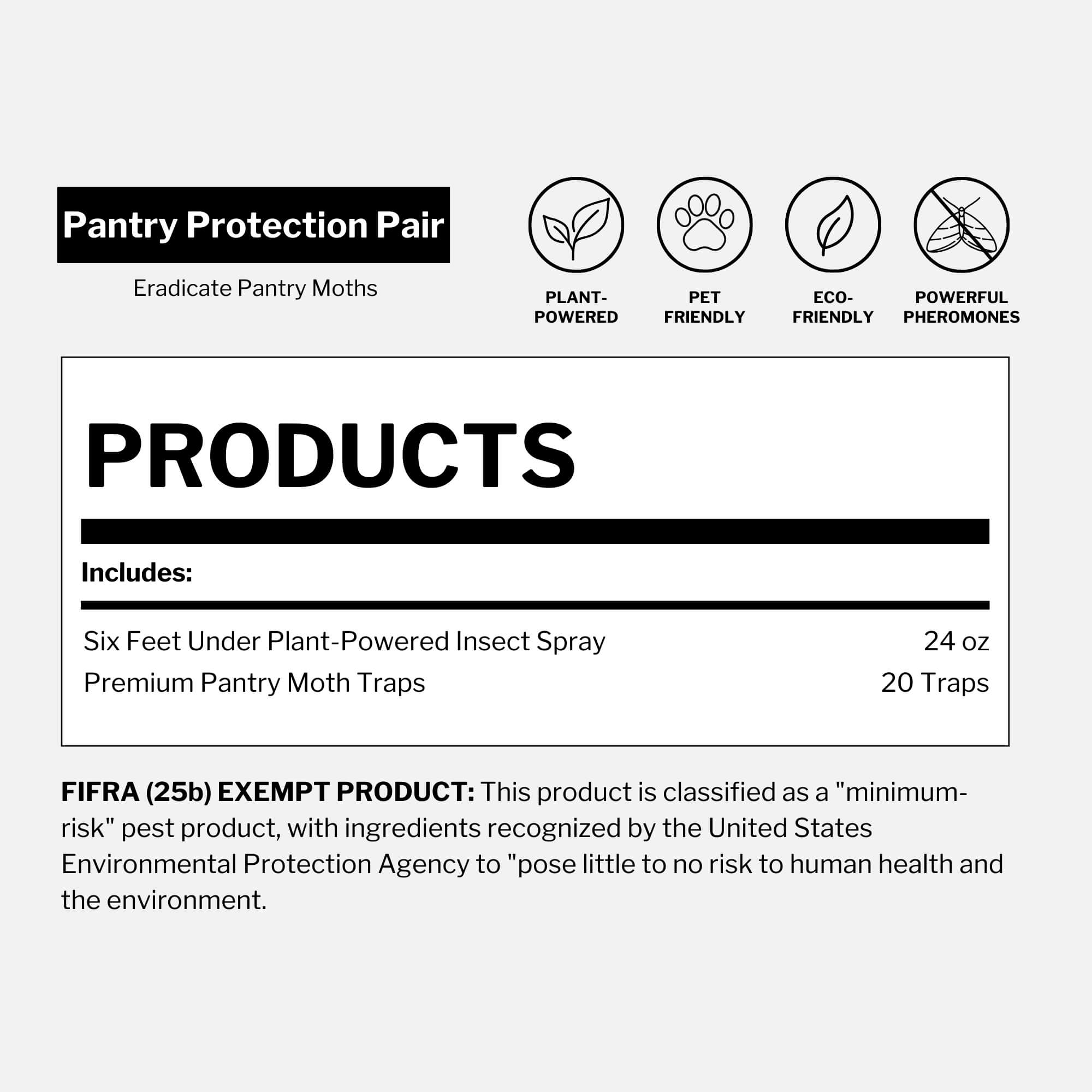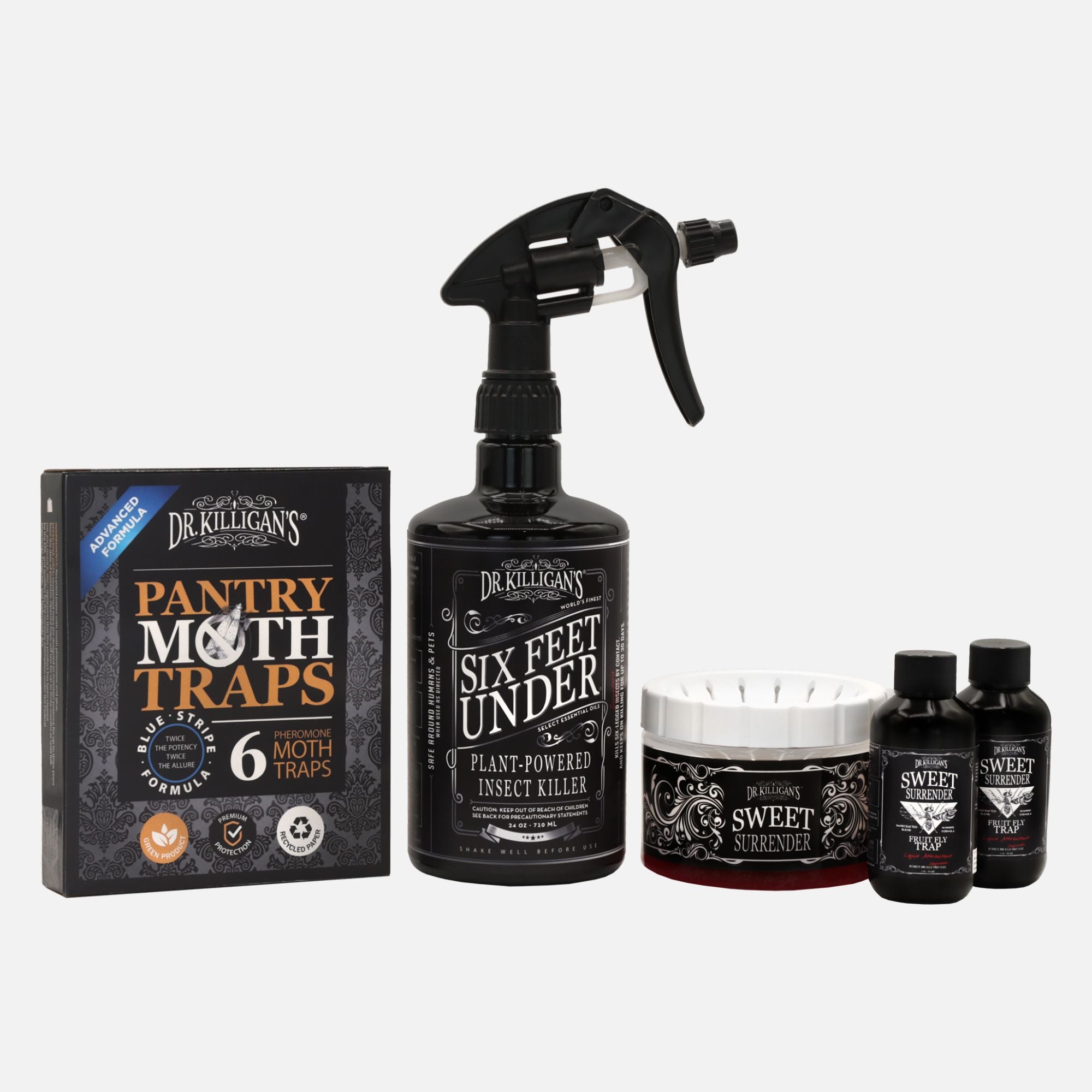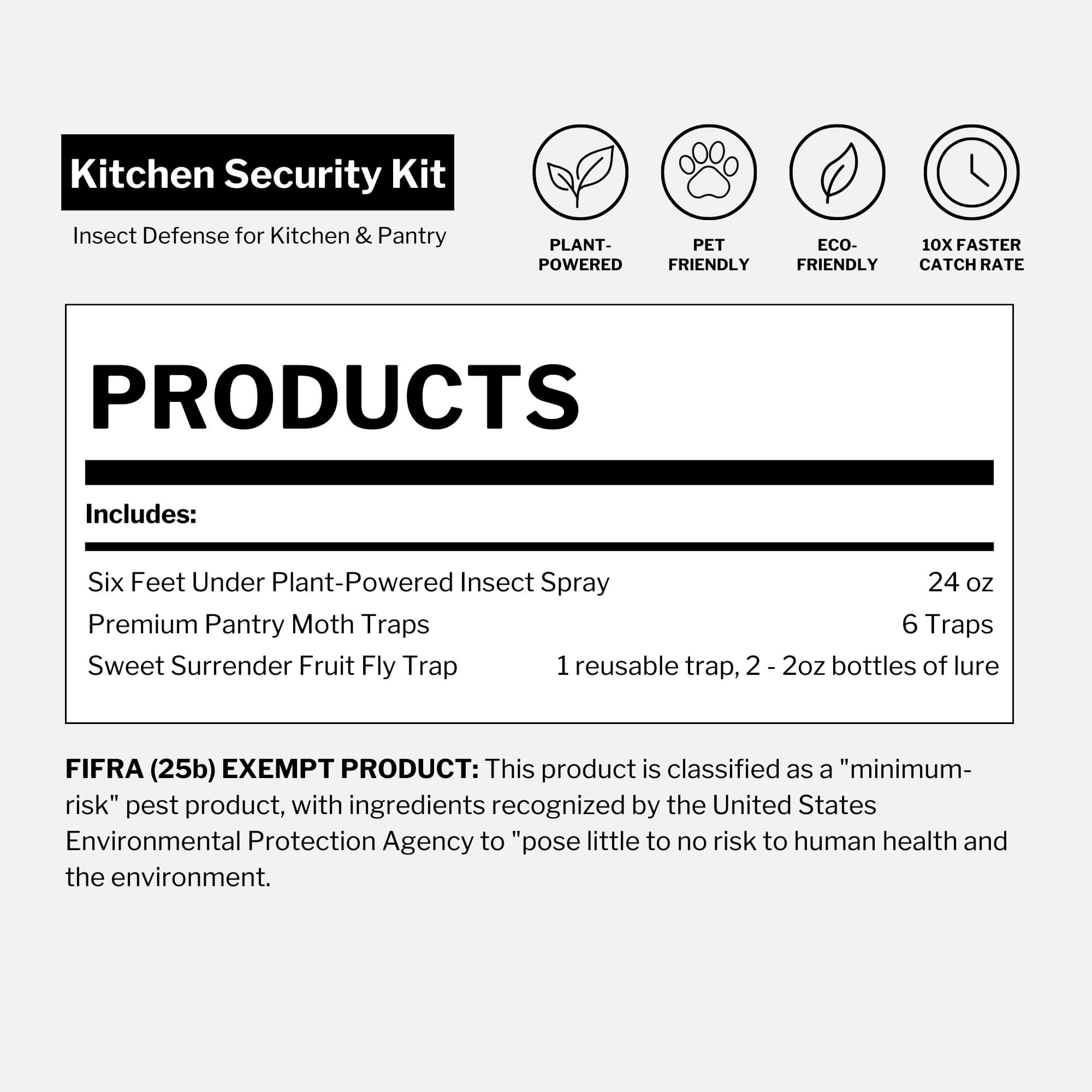Updated on May 16th, 2025
Did you know that ‘pesticide’ translates to ‘pest killer’? These chemicals are highly effective at destroying insects and other harmful organisms, but often at a hidden cost.
Pesticides don’t just target pests; they can also harm beneficial insects, pets and people, especially children. Our first instinct may be to grab a spray can or powder to eliminate an infestation, but these products can bring unseen risks into our homes.
Fortunately, there are alternative pest control methods available—some of which are classified as safer by regulatory agencies like the EPA.
What are the 'best' chemicals (that are the worst for you) in pest control?
Pest control products often rely on potent chemicals to eliminate insects, but many of these "best" ingredients come with significant health risks. Here’s a breakdown of some common, highly effective chemicals and the dangers they pose:
- Hydramethylnon: Found in many ant, roach and termite insecticides, this chemical works by attacking the insect's nervous system. Despite its potency, it can be hazardous if inhaled or ingested by humans and pets.

- Sulfluramid: Commonly used in ant and roach baits and gels, sulfluramid is another neurotoxic compound. Though useful in controlling infestations, it has potential long-term health risks, especially with frequent exposure.
- Hydroprene: Hydroprene targets the developmental stages of pests like roaches and moths, interfering with growth processes. It’s effective at disrupting reproduction, but prolonged exposure can negatively impact human skin and respiratory health.
- Pyrethrins and synthetic variants (Allethrin, Cyfluthrin, Resmethrin): While natural pyrethrins derived from chrysanthemum flowers are considered safer, their synthetic counterparts—pyrethroids—are created to maximize potency, making them a staple in sprays, foggers and baits. Pyrethroids affect the central nervous system of insects, causing tremors, paralysis and swift death. However, they are highly toxic to beneficial insects (like bees), fish and small mammals. In humans, pyrethroids can cause respiratory issues, dizziness and skin irritation, especially in poorly ventilated spaces.
- Permethrin: A widely used pyrethroid, permethrin appears in many indoor and outdoor insect sprays targeting pests like mosquitoes, ants and spiders. Its strength comes at a cost: it may cause skin irritation, respiratory distress and poses toxicity risks to pets and beneficial insects—especially in poorly ventilated environments.
Each of these chemicals may be labeled as “best” for pest elimination, but they carry health warnings worth reviewing before use.
How conventional insect sprays work (and kill)
Insect sprays typically work in two ways: as repellents that deter insects or as insecticides that kill on contact. Many insecticides rely on synthetic chemicals like pyrethroids—as aforementioned—which mimic natural compounds found in chrysanthemum flowers but are chemically intensified to maximize effectiveness. Pyrethroids overstimulate an insect’s nerve cells, leading to loss of coordination, eventual paralysis and death—often within seconds of exposure.
To further boost performance, many conventional sprays include additional mechanisms such as:

- Additives for extended efficacy: Ingredients like piperonyl butoxide are often added to insecticides to prevent the breakdown of active ingredients, enhancing the spray’s residual effect. This allows it to kill pests gradually as they contact treated surfaces, particularly in hidden areas like walls and entryways. However, this also prolongs chemical exposure indoors.
- Growth inhibitors for life cycle control: Growth inhibitors used in flea and tick sprays often contain chemicals like pyriproxyfen, which disrupt the development of eggs and larvae—effectively breaking the pest life cycle. Though potent, this method can increase household chemical exposure.
While these insecticides can be effective, they highlight the need for better alternatives. With rising concerns about chemical exposure at home, many families are opting for safer options to manage pests without health risks.
What is plant-powered spray?
Good news—keeping your home pest-free doesn’t have to mean filling it with harsh chemicals. Dr. Killigan’s home insect control sprays use plant-based ingredients safe* for people, pets and the environment *when used as directed. Classified as "minimum risk" by the EPA, these ingredients effectively target pests without adding harmful chemical exposure to your home.
Our indoor insect spray is safe* for pets, kids and fabrics *when used as directed—perfect for homes where safety is non-negotiable.

Our Six Feet Under Plant-Powered Insect Spray and Six Feet Under: Barricade Household Kit incorporates natural ingredients like essential oils that won’t accumulate in your home. This helps prevent residual buildup and reduces synthetic insecticide exposure. Instead, you get pest control that’s tough on insects and gentle on your living space.
The final word on plant-powered insect spray
A safer, pest-free home is just a click away. Dr. Killigan’s is committed to making your home a bug-free environment. Our products are crafted to bring peace, protect your family and eliminate pests—without harsh chemicals. Following our “Killing Them Softly” creed, we target pests, not your home environment.
Every product comes with a 100% satisfaction guarantee. If you’re not completely satisfied, we’re here to make it right. Explore Dr. Killigan’s line today and experience effective, safe pest control that brings true peace of mind.
Looking for an indoor outdoor insect spray?
Six Feet Under provides versatile, plant-powered protection that’s safe to use throughout your home or garden shed. Whether you’re spraying baseboards or patio entry points, our formulas handles indoor and outdoor pest challenges—without the chemical residue.





